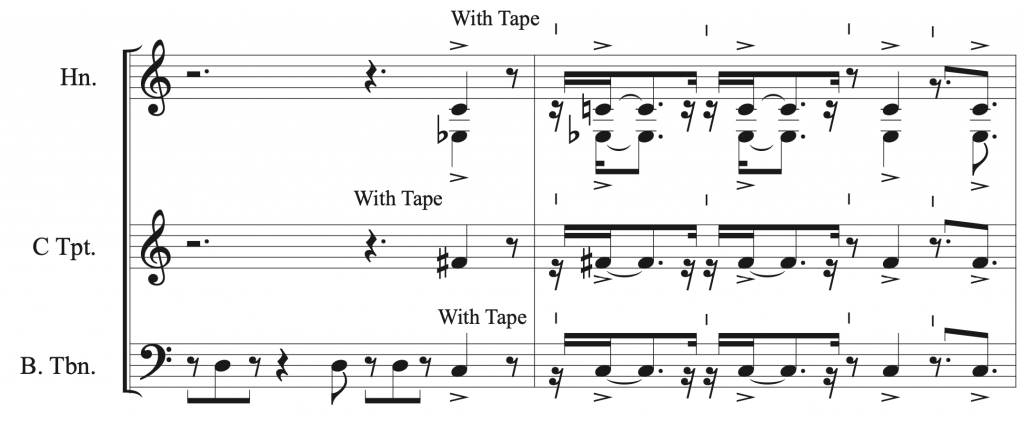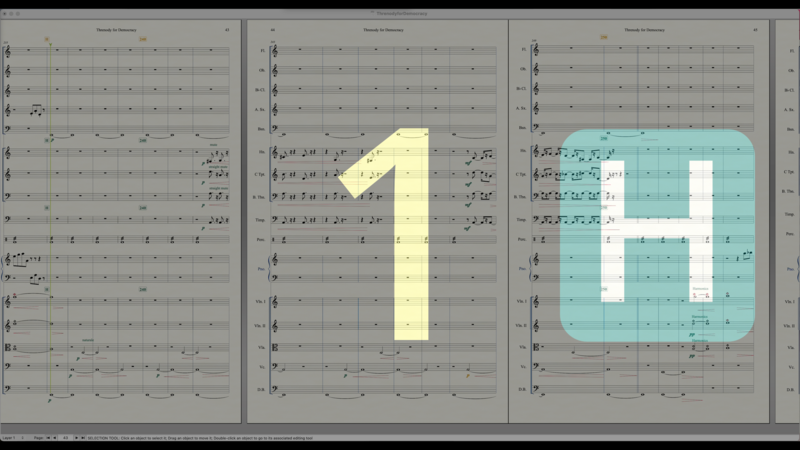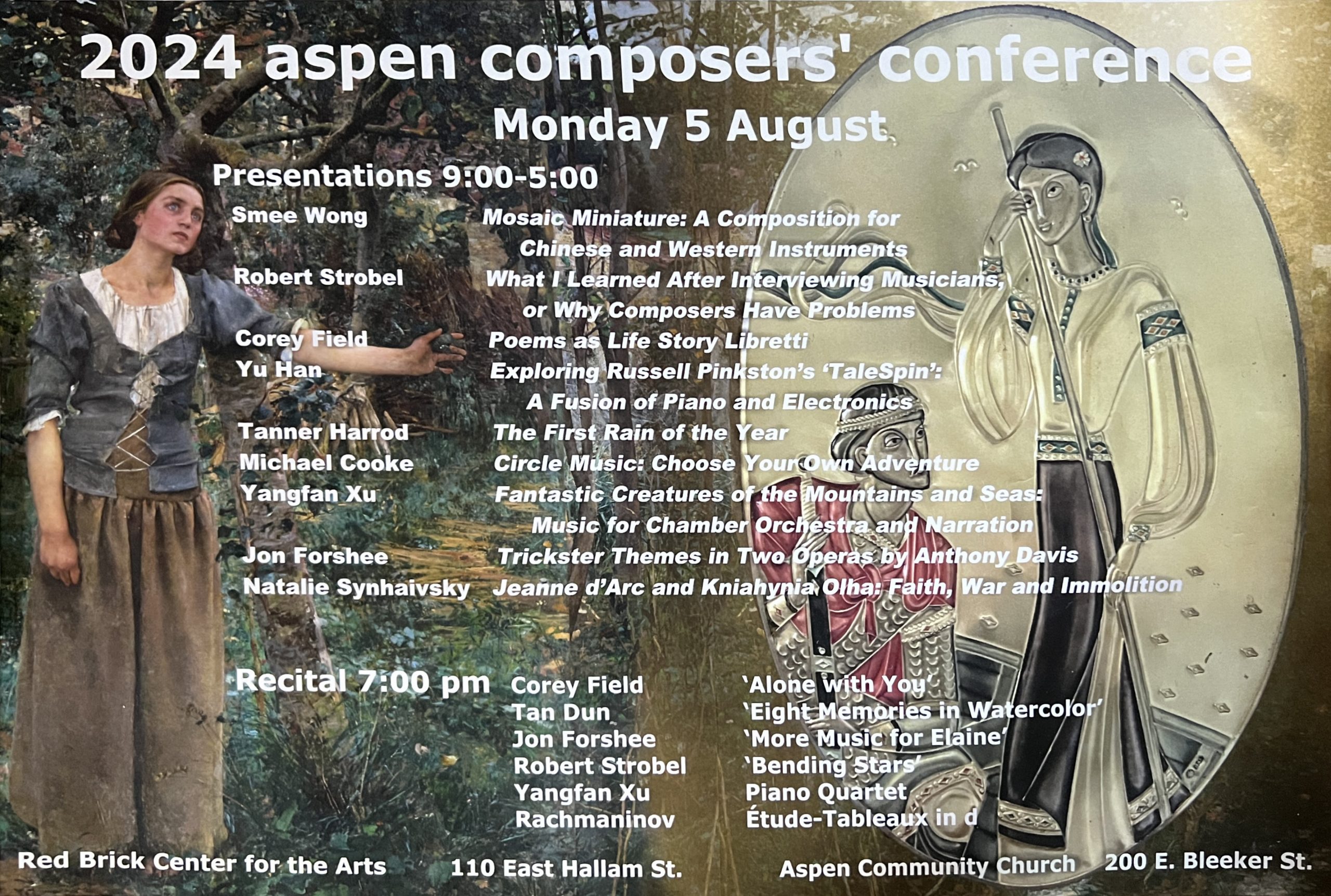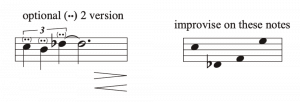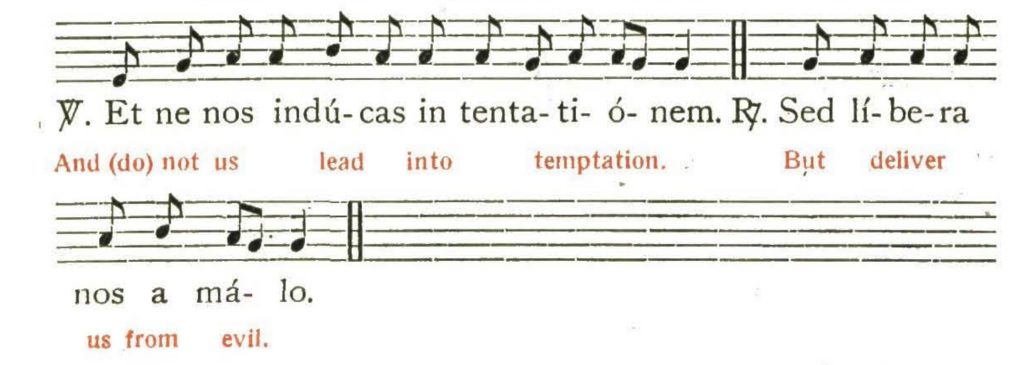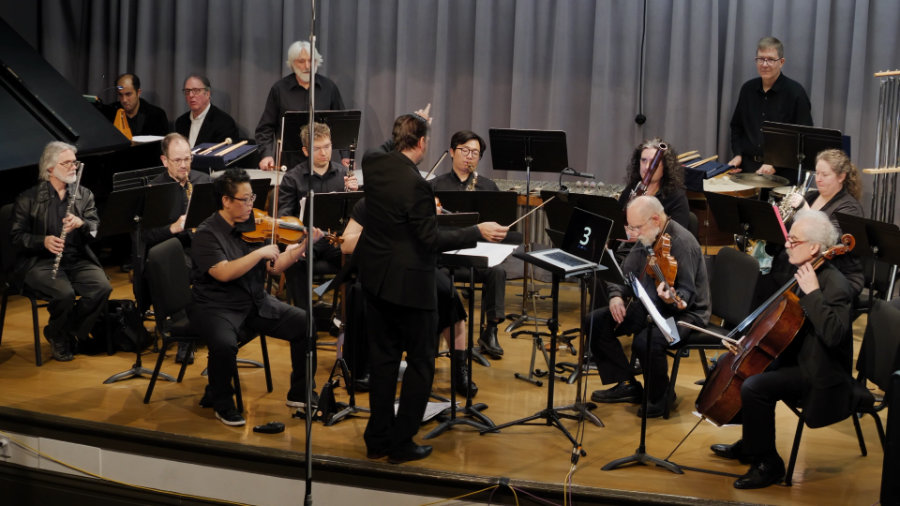
After the November 2nd concert, I’ve finally had a chance to decompress—not only from the performance itself but also from the intensive preparation leading up to it and the lingering disappointment of the election. This concert required an enormous amount of effort, not just as a composer and performer but also in my role as an organizer. From hiring musicians to managing promotions and creating the program, I wore many hats in making this event happen. Thankfully, my wife took on the box office and concessions, but there were plenty of hurdles to overcome along the way, especially with personnel changes and last-minute adjustments.
Personnel Hurdles and Replacements
The concert prep began months ago, and the challenges started early. Through a Facebook post, I discovered that our regular violinist—who also coordinated our venue—had accepted a gig in Nicaragua as a featured soloist. It was a wonderful opportunity for him, but it left us scrambling to find a replacement and manage the venue logistics. While he assured us that the venue was secured and even covered the deposit, finding an excellent replacement violinist took longer than expected, only coming through as we were about to distribute parts.
Soon after, I discovered that our usual trombonist was unavailable. I spent considerable time searching for a substitute, and while I initially found someone, he quickly became unresponsive. Back on the hunt, I reached out to another contact, who finally introduced me to a reliable trombonist—but this was already a week after the parts had been sent out.
Just as I thought things were stabilizing, I received word from our trumpet player that he required surgery and would be unable to perform. With only a week until the first rehearsal, I scrambled to find substitutes. The list of possible subs he provided was booked solid, and after some intense searching, I found a replacement. However, this left the player with very little time to prepare.
Venue Complications and Scheduling Woes
Amidst these personnel changes, we also encountered unexpected complications with the venue. One of our members who lives nearby agreed to help manage the logistics, and as he worked with the venue, it became clear there were gaps in the scheduling. The original booking didn’t include enough time for loading equipment before the rehearsal start time, and it turned out that the venue had undercharged us in the initial quote. Resolving these issues ended up costing about 40% more than anticipated, though we were fortunate that the group’s fundraising efforts covered these extra costs.
This venue holds nostalgic value, as the SFCCO hasn’t performed here in 20 years. However, it’s in a busy part of town with limited parking. I arrived early to handle logistics, including setting up the PA system for my piece, which features a digital “tape” component. Adding to the pressure, several performers, including our conductor, were delayed due to traffic, so I took on conducting for the first part of the rehearsal to make the most of our time.
First rehearsals are always a bit rough, but this one was especially challenging. It was clear that several performers hadn’t reviewed their music in advance, which was particularly necessary given the complexity of the pieces on this program. We send parts out a month early to give performers time to familiarize themselves with the music and contact composers with any questions. Unfortunately, the lack of preparation among some players impacted the productivity of the rehearsal, and my own piece lost valuable rehearsal time.
Revisions and Adjustments Between Rehearsals
After the first rehearsal, it was evident that some pieces, including my own, needed adjustments. I revised several parts to make them more manageable based on feedback from the musicians. For example, I adjusted my own part in the fast-paced second movement to add more breathing space. I also noticed a copy-paste error in the bassoon and piano parts and corrected it.
The movement begins with pizzicato in the cello and bass, which players mentioned was difficult to perform with the bow in hand. There wasn’t enough time to set down the bow and pick it back up, so I explored ways to simplify their parts to accommodate this. Later, the bassist reached out, mentioning that some of the fast runs were challenging at the tempo. I initially thought using open strings would help, but ultimately decided to simplify the bass line to a single note and transferred the run to the cello part. After checking with the cellist, who confirmed it was playable, we went forward with this new version.


To ensure a balanced dynamic between the digital tape and the live orchestra, I remixed the tape. This adjustment allowed for better alignment between the full orchestral sections and the recorded segments, which was crucial given that we didn’t have an extra person to adjust levels in real-time.
Last-Minute Substitutions and Concert Day Chaos
The day of the second rehearsal brought yet another surprise: an hour before our rehearsal I got an email that our oboist had fallen ill. Desperate for a replacement, I emailed his list of possible subs and began arranging a new version of my piece that would work without an oboe, just in case. None of the subs were available, so I turned to Facebook as a last resort. Thankfully, a local oboist saw my post and stepped in, agreeing to essentially sight-read the concert with just one rehearsal under his belt. I was immensely grateful that our new trumpet player vouched for him and encouraged him to join us on short notice.
On concert day, several other events in the area caused more logistical headaches. Despite a heads-up to the ensemble, some players still missed portions of the final rehearsal due to parking issues. With a lineup of challenging, newly composed pieces, having them under-rehearsed inevitably impacted the concert. Yet, the audience enjoyed the performance, and the composers were largely pleased with how their works came together under the circumstances.
My own piece held up well, aligning closely with the digital tape, though more rehearsal time would have helped. I’m looking forward to reviewing the concert recording and video to gain a fuller sense of how it all came together on stage.
Reflecting on the Experience
Every concert brings its own set of challenges, but this one seemed uniquely full of last-minute twists. Despite all the setbacks, I’m proud of what we accomplished. The concert came together against all odds, and I’m grateful for the dedication of everyone involved. Now that the performance is behind us, I’m finally ready to decompress and, perhaps soon, start thinking about new compositions again.

